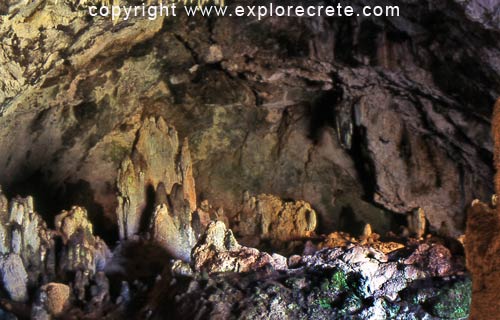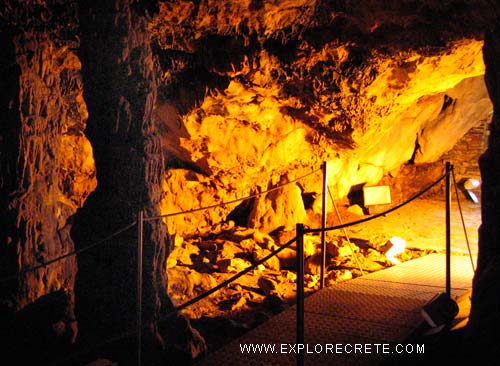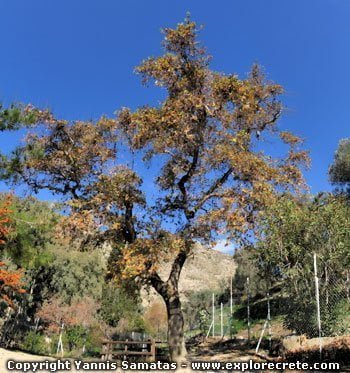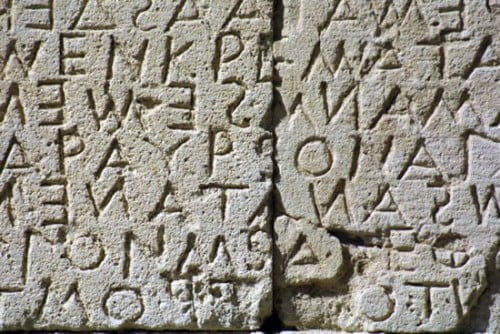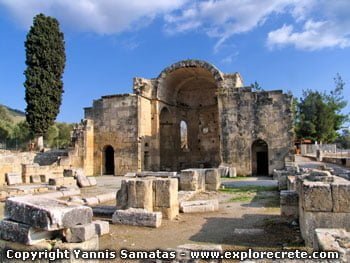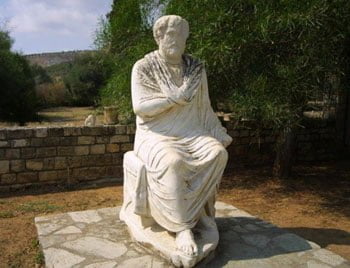The Excavation of the Ideon Cave
The importance of the Ideon Cave as a centre of worship in ancient times was unknown until 1884, when the “katsouna” (stick) of a shepherd from Anogia, Georgios Pasparakis or Moussas, unearthed the first finds.
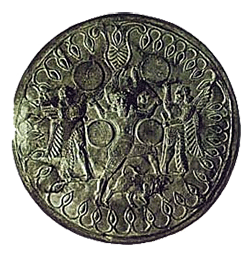
This chance find attracted the attention of various collectors, but especially that of the Philekpaideutikos (Friends of Education) Association of Heraklion. Chaired by Iosif Hatzidakis, the later founder and director of Heraklion Archaeological Museum, the Association organised the first excavation of the Ideon Cave in the summer of 1885. The excavation was led by the Italian archaeologist Federico Halbherr, famous for his excavation of Gortys.
This first excavation at the Ideon Cave revealed, among other things, important examples of metalwork of the Geometric Period and bronze votive shields (late 8th-7th c. BC) with incised and hammered scenes, among the most exquisite artworks of the ancient world.
One of the shields depicts Zeus in the centre surrounded by Curetes with drums, a direct reference to the myth of his upbringing.
The next, small-scale, excavations at the Idaean Cave were carried out by Stephanos Xanthoudides in 1917 and Spyridon Marinatos in 1956.
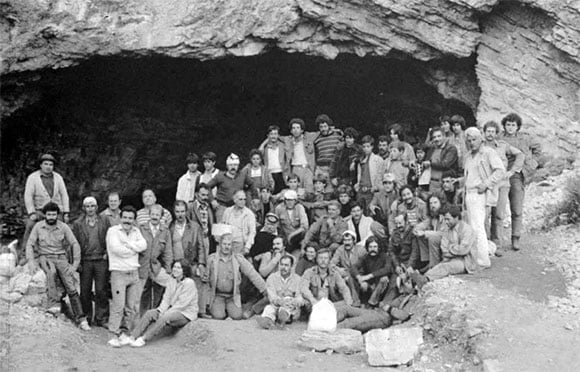
However, the exploration of the Idaean Cave was not yet over. In 1982, the Athens University Professor and Director of Heraklion Archaeological Museum Yannis Sakellarakis began a systematic excavation. With the support of the Archaeological Society and Anoyia Municipality, a team of scientists, researchers and local, conscientious labourers was set up. Over a period of four years they brought important finds to light, revealing a better picture of the history of the Idaean Cave.
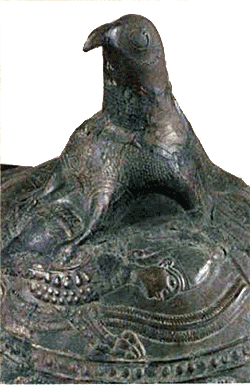
In 1986 the excavation of the Ideon Cave ended without having been completed, a legacy for future generations of archaeologists. The excavator Yannis Sakellarakis maintains that in order for the excavation to continue, the finds to date must first be examined in depth.
The finds from the Ideon Cave
It seems that the Ideon Cave was used for worship from the end of the 4th millennium onwards, in the Late Neolithic Period, and up to Roman times, its final peak.
The Ideon Cave covers a total of 800 sq.m., divided into four main chambers (North Niche, and North, South and Main Chamber).
Many ivory offerings of great artistic value were discovered during the course of the excavation. Ivory as a raw material comes from northern Syria, demonstrating trade relations between Crete and other major contemporary civilisations, such as Syria and Egypt, as early as the 2nd millennium BC.
A huge quantity of broken clay lamps was also found in the Ideon Cave, together with a great many finely-made offerings of precious materials. This indicates a large number of worshippers and, therefore, the importance of the sanctuary.
The Minoan finds from the Ideon Cave, particularly those dated to between 2000 and 1700 BC, are exceptional examples of a refined culture, the first to arise in Europe. They express the Minoan love of and respect for nature.
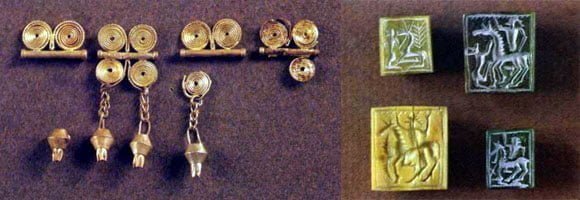
© explorecrete.com All Rights Reserved. Reproduction or copying without permission is prohibited.

